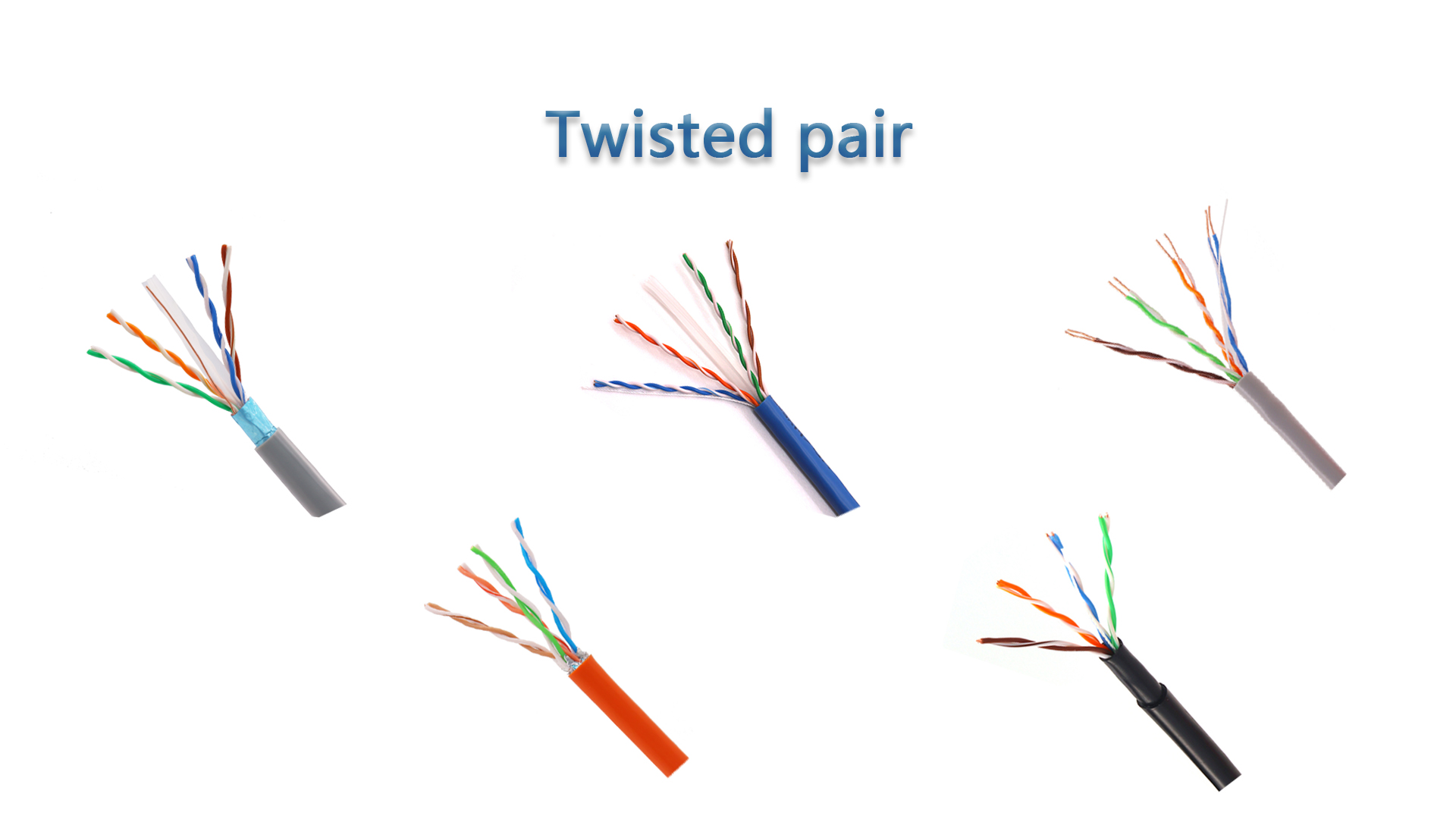By cloudtopcable | 26 September 2023 | 0 Comments
The Complete Guide to Optical Fiber Cables: Types, Benefits, and Applications
In today's digital age, data transmission is vital in almost every industry. With the vast amounts of data being sent globally every minute, it is essential that the medium used for transmission is efficient, fast, and reliable. Optical fiber cables are the technology behind this kind of data transmission. In this blog post, we will explore the different types of optical fiber cables, their benefits, and their applications in different industries.

Understanding Optical Fiber Technology
Optical fibers are made up of incredibly thin glass fibers that transmit data through light signals. When data is transmitted through the cable, a light-emitting diode (LED) at one end sends pulses of light, which are transmitted through the cable and interpreted by a photodiode at the other end. The light-bending properties of the glass fiber allow data to be transmitted without any significant loss of signal strength. This makes optical fiber technology much more efficient and reliable than traditional copper wire cables, which can suffer from interference, signal loss, and other issues.
Types of Optical Fiber Cables
There are two main types of optical fiber cables: single-mode and multi-mode fiber cables. Single-mode fiber cables use thinner strands of glass to transmit light signals, which allows the signals to travel vast distances without the need for signal boosting or regeneration. Single-mode fibers are typically used in long-distance fiber optic networks, such as those used for cross-continental data transmission.
Multi-mode fiber cables, on the other hand, use thicker glass strands that allow multiple light signals to be transmitted at once. This allows for faster data transmission rates, making multi-mode fiber cables more suitable for use in shorter distances, such as within data centers.
Applications of Optical Fiber Cables
Optical fiber cables are used in a wide range of industries, from telecommunications to healthcare, and even aerospace. Some of the most common applications of optical fiber cables include:
1. Telecommunications – Both internet and telephone communication commonly rely on fiber optic cables to transmit data at high speeds over long distances.
2. Medical – Fiber optic cables are used in medical devices such as endoscopes and surgical lights to transmit images and allow for minimally invasive procedures.
3. Military and Aerospace – Military and aerospace industries rely on fiber optic cables for high-speed data transmission and to improve communication between different devices.
4. Data Centers – Fiber optic cables are used in data centers to connect different servers and storage devices, ensuring rapid and reliable data transmission.
Optical fiber cables are a breakthrough technology that have revolutionized the way data is transmitted. Understanding the different types of optical fiber cables, their benefits, and their applications is vital for those who work in industries that rely on high-speed, reliable data transmission. To learn more about optical fibers and how they can help your business, please contact us at Tel: +86 - 020 - 28859610 or E-mail: sales@cloudtopcable.com. We are experts in the field of fiber optics and can help you choose the right solution for your business needs.
Why Optical Fiber Cables Are the Future of Communication: Advantages and Features
The Benefits of Using Outdoor Optical Fiber Cable
Leave a Reply
Your email address will not be published.Required fields are marked. *
POPULAR BLOG
- HYA 50×2×0.4 Communication Cable: Reliable Solution for Guangzhou Surveillance Systems
- Why Does Your EV Stop Charging Suddenly? Let’s Troubleshoot!
- Yuedao Intelligent Empowers Guangzhou Metro to Set World Record for Fastest Subway Speed
- Become Our Local Partner - Expand Your Market with High-Quality Cables & Wires
CATEGORIES
